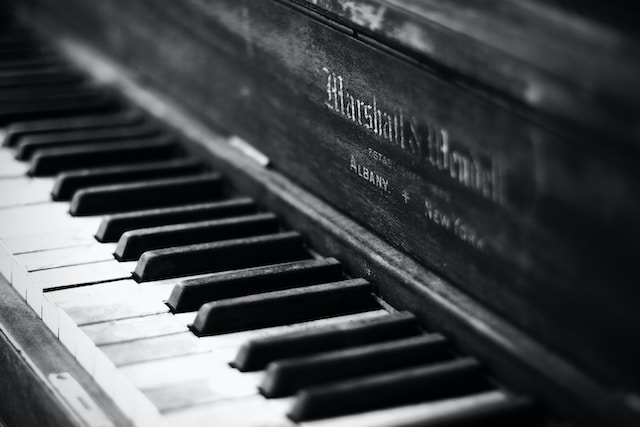
History of the piano
The development of the piano goes back many centuries. One of the earliest widely used stringed instruments with struck strings was the hammered dulcimer, which was a kind of box with strings stretched across it. The clavichord took this to the next level, where the sound was produced mechanically by brass or iron strings being struck with small metal blades. Next came the harpsichord, where the strings are plucked. The piano itself was invented around 1700 by Bartolomeo Cristofori. Unlike the harpsichord, the strings are struck with muffled wooden hammers, which can produce soft and loud sounds, hence the name “pianoforte”.
The English piano maker John Broadwood began producing larger and more powerful instruments from around 1770. He also introduced the sustain pedal and expanded the range of the piano to more than five octaves. The development of a cast iron frame in the 1820s tolerated greater string tension - in modern grand pianos this can exceed 20 tonnes. The upright piano was also developed in the early 19th century, enabling many more people to have a piano in their own home. One of the most famous piano makers, Steinway & Sons, started in New York in 1853, and was soon shipping pianos to concert halls all over the world. The last thing to mention is the invention of electronic and digital pianos in the mid twentieth century. My own piano is a baby grand Kawai GL10, but I hope to have a Steinway one day!